Last Updated: 11/09/2025
A Guide to Chicken Breeds
Thinking of adding chickens to your family? Our vet's guide explores the best breeds for your needs. Learn the difference between hybrids, heritage breeds, and bantams, and what to consider for egg-laying, temperament, and space to find the perfect feathered friends for your flock.
Author: Dr Emilee Lay BVSc BSc (Vet) Hons
Reading Time: 9 minutes - short read
Thinking of adding some feathered friends to your family? Getting "clucky" for the thought of fresh backyard eggs is a wonderful feeling! But with so many different types, from tiny, fluffy bantams to champion egg-laying hybrids, choosing the right chicken can feel a little overwhelming.
Whether you're after a reliable daily layer, a friendly backyard pet, or a colourful heritage breed, this guide is here to help you navigate the wonderful world of chooks. We'll explore the pros and cons of different breeds, their temperaments, and their egg-laying abilities to help you find the perfect match for your flock.
How to choose between chicks, pullets or hens?
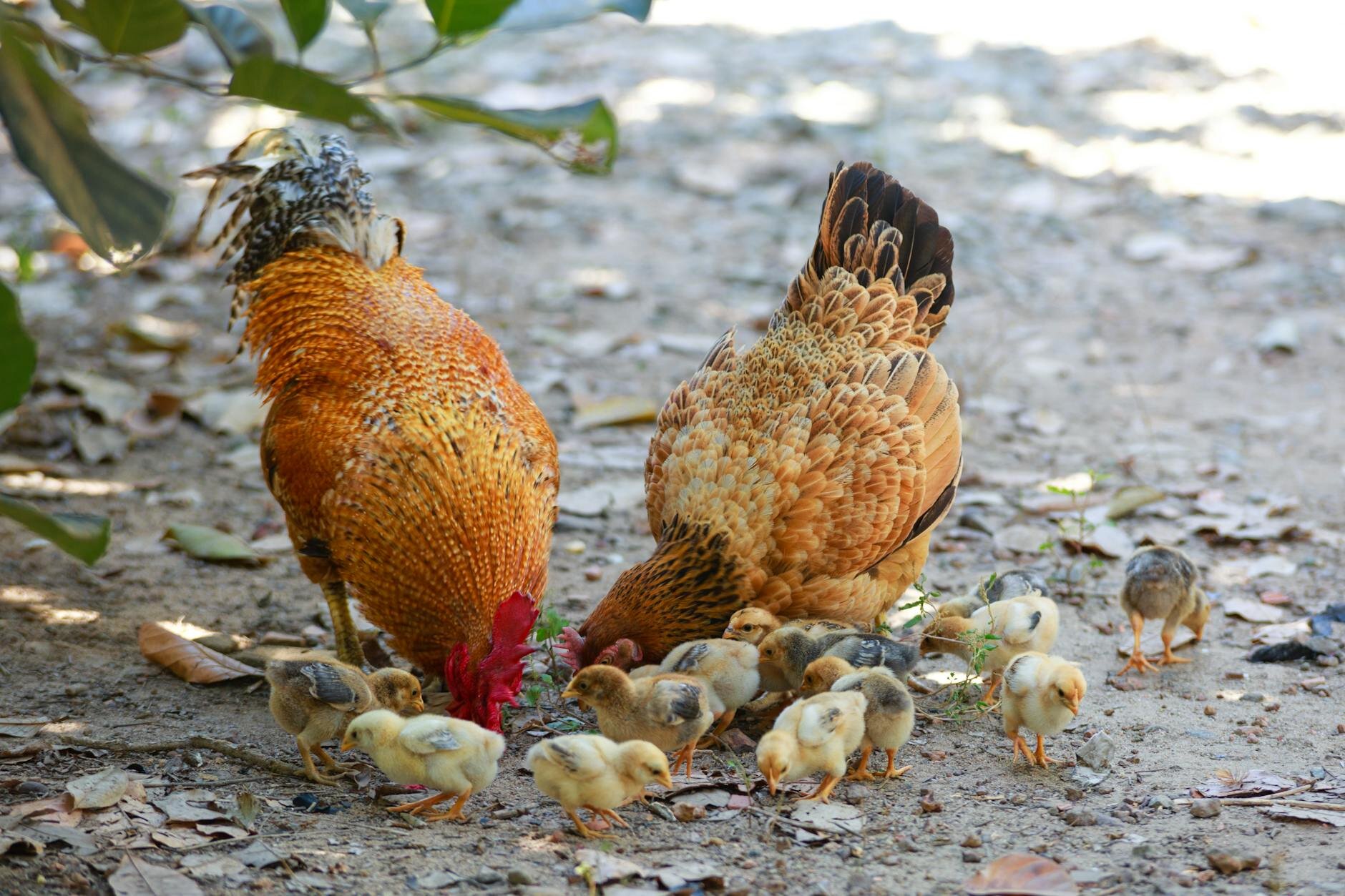
Chicks
Raising chickens as chicks can be a fun and rewarding experience - leaving you with chickens who are quite tame and accustomed to handling. However, alongside initial expenses such as a brooder and feed until they reach point of lay, there is also a risk of accidentally raising a rooster. Depending on where you source your chicks the hatchery or breeder may offer a rooster return policy, but this will differ from place to place. If your local council regulations do not allow for roosters you will have to be prepared to try and rehome any accidental roosters.
If you're wanting to raise chicks from day one, make sure you have an appropriate set up. This includes:
- Heat Lamp x 2
- Thermometer
- Bedding
- Feeder
- Waterer
- Commercial chick starter
- A plastic tub/cage or purpose built brooder
Monitor your chicks behaviour carefully. Chicks that are too cold will spend all their time under the heat lamp and chicks that are too warm will be staying around the edges of the brooder.
Point of lay/pullets
Are you ready and rearing to get straight into having a fresh supply of eggs and some beautiful feathered friends? Then look no further, point-of-lay chickens are - as their name suggests - ready to lay!
Unlike hatchlings, point of lay chickens require no additional set up asides form a large enclosure, a roost and a nestbox. There is no stress about accidental roosters either.
Ensuring you select the appropriate breed for your housing situation is a must. Consider whether you're after a hybrid high egg production chicken or a heritage breed/purebred chicken. As these chickens are fully grown, they may take some time adjusting and getting used to being handled.
Mature hens
Are you perhaps looking to provide a retired chicken a place to wander around? Mature chickens can still make fantastic pets, and although their egg laying capacity is not what it used to be, they are fabulous to have around the backyard.
Learn more in our guides to Keeping Backyard Chickens and Feeding Chickens.
Where to buy/adopt chickens
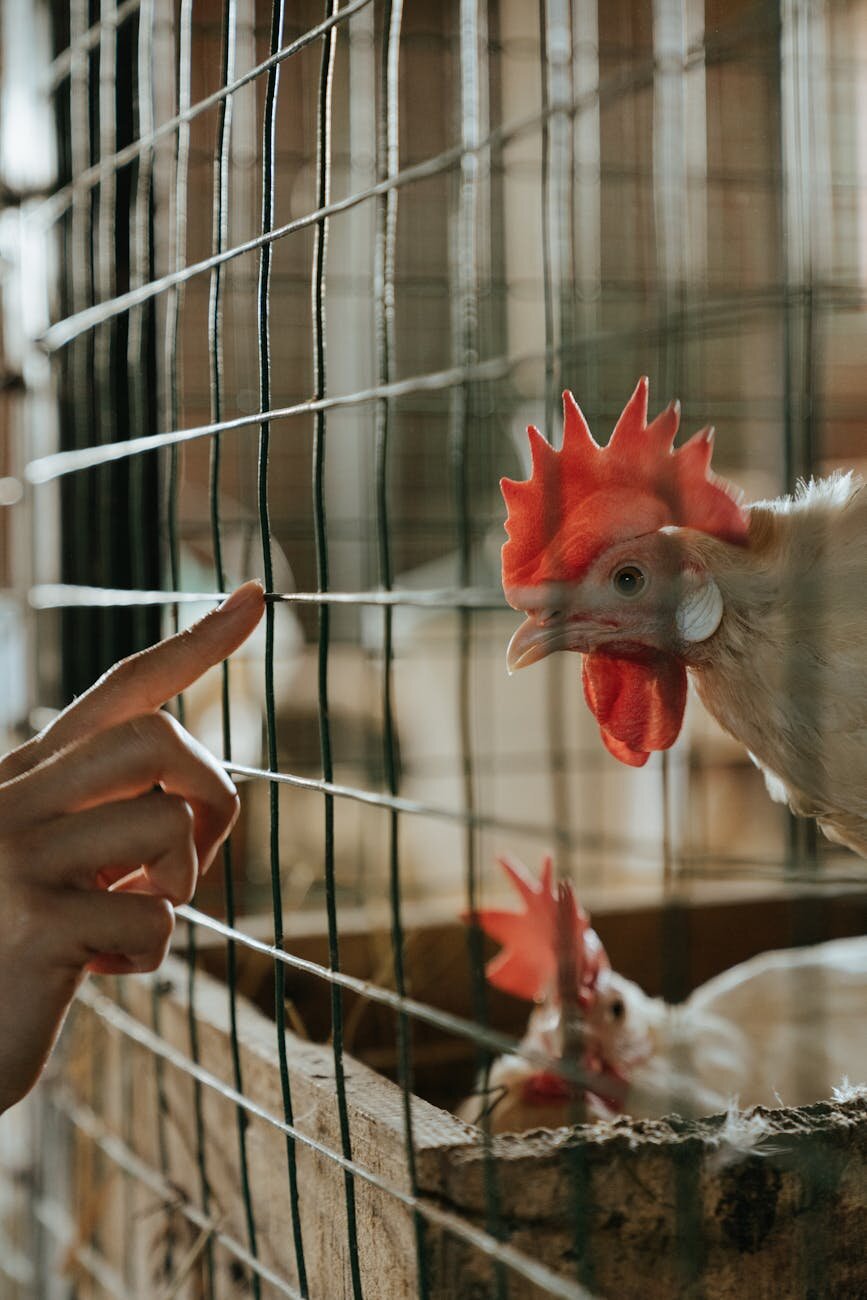
Check out your local Poultry Club or Show to find reputable breeders and to see some of the amazing breeds of chickens on offer. On occasion poultry auctions are also held at these shows. Your local hatchery will also have chickens and chicks available depending on the season.
Day old chickens that have been sexed can also be acquired from large hatcheries and private breeders. Larger hatcheries and breeding facilities will have chicks and chickens that come vaccinated against Marek's disease, Newcastle disease, infectious laryngotracheitis, and infectious bursal disease.
Although your local produce store, pet shop or online trading sites may have chickens available, it is important to see if you can find out where these chooks have been sourced from, to ensure they are raised in a hygienic and healthy environment.
Learn more in our articles all about How to Start Keeping Chickens, and Chicken vaccinations, preventative care and common health conditions.
What to consider when keeping chickens
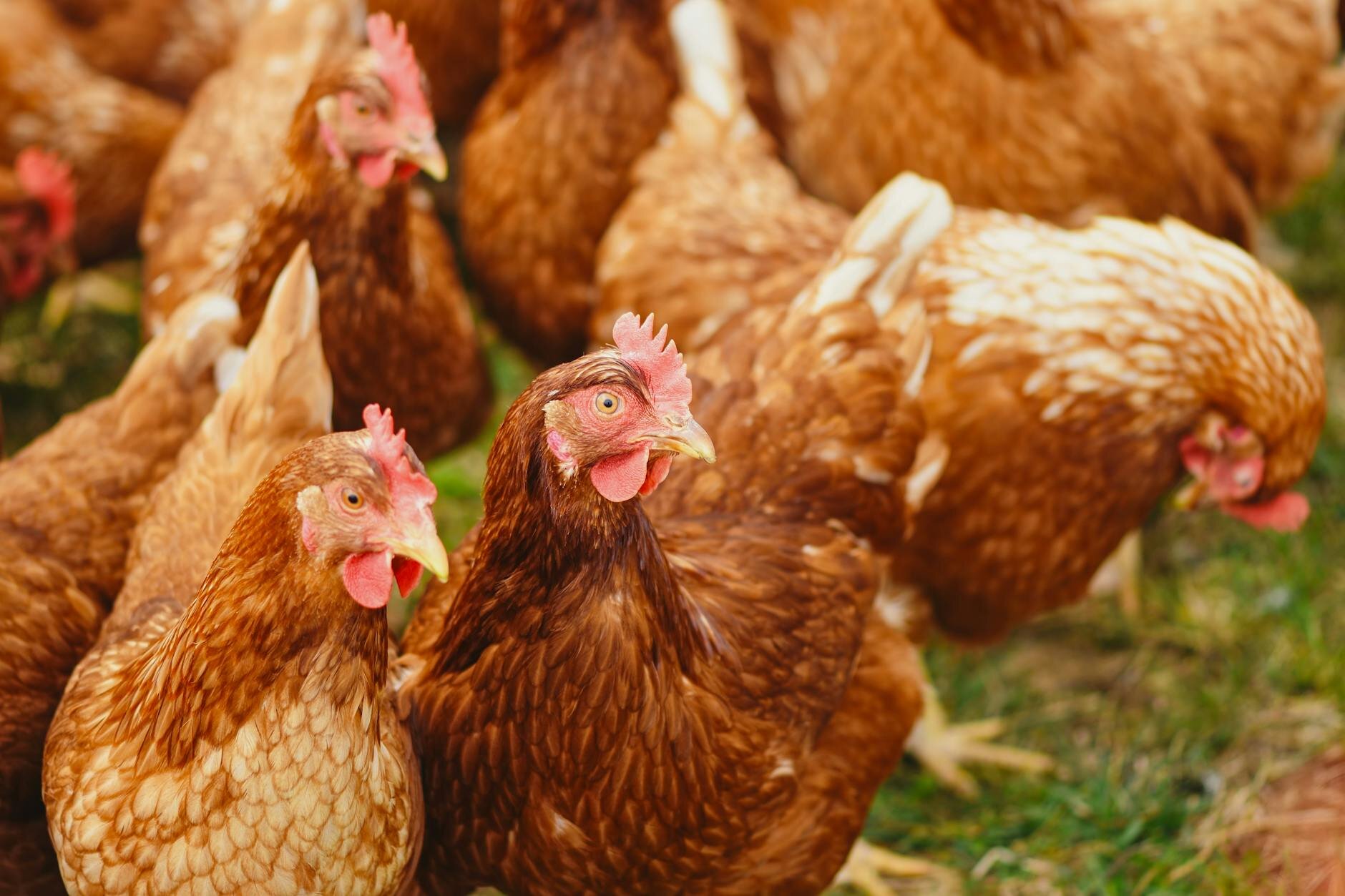
To find the perfect match for your flock, it's helpful to consider what you are looking for in a chicken. Key factors include:
Primary Purpose
Are you after a reliable supply of eggs, a friendly pet, or a 'dual-purpose' bird for both eggs and meat?
- Egg-Laying Breeds: Chickens bred for high egg production often have a shorter lifespan. They will typically produce a large number of eggs for 2-3 years before their laying tapers off.
- Heritage Breeds: These chickens usually have a longer lifespan and are more prone to broodiness, but their egg production is lower.
- Dual-Purpose Breeds: These offer the best of both worlds, with good meat coverage and slightly above-average egg production.
Temperament
If you want a pet chicken, especially for a family with children, consider the typical temperament of the breed. Some are known for being docile and friendly, while others can be more flighty.
Discover the secrets to chicken quirks, in our Guide to Chicken Behaviours.
Space
Different breeds have different needs. Larger, active birds will require more space to forage and exercise compared to smaller breeds.
Learn more in our Guide to Enrichment for Chickens.
Noise Level
This is an important factor, especially if you live in an urban area. While noise levels can vary between individual birds, general assumptions can be made about certain breeds.
Broodiness
If your main goal of keeping chickens is for their eggs, you may want to consider whether that particular breed of chicken is broody or not.
What is Broodiness? Broodiness occurs when hens decide to incubate and hatch their eggs. They will spend prolonged periods of time sitting on top of their eggs, become increasingly territorial about their nests and some will begin to pluck their feathers.
Broodiness is a desirable trait, if you wish to breed chickens and have a 'natural' incubator. On the other hand if you are keeping chickens mainly for their egg production, then broodiness can stop egg laying and potentially trigger other hens to become broody as well.
Egg layers and hybrid breeds
These chickens have been specifically bred for their incredible egg-laying abilities, making them a popular choice for a consistent supply of fresh eggs. They are often hybrids, created by cross-breeding productive purebreds like Leghorns and Australorps.
- Temperament: Generally very reliable and friendly chickens.
- Size: Typically moderate in size.
- Egg-laying: Prolific and consistent layers, producing close to an egg a day for up to two years. They mature early and start laying anywhere between 16 to 22 weeks of age. Hybrids are less prone to going broody compared to their purebred counterparts. They produce large eggs, usually cream to light brown in colour.
- Lifespan: As a result of being bred for rapid egg production, they often have a shorter lifespan than purebred chickens.
- Key features: Specifically bred for high-volume and consistent egg production. A reliable and popular choice for backyard chicken keepers focused on eggs.
- Types: Popular examples include Isa Browns, Leghorns, Australorps, and Hy-Line chickens.
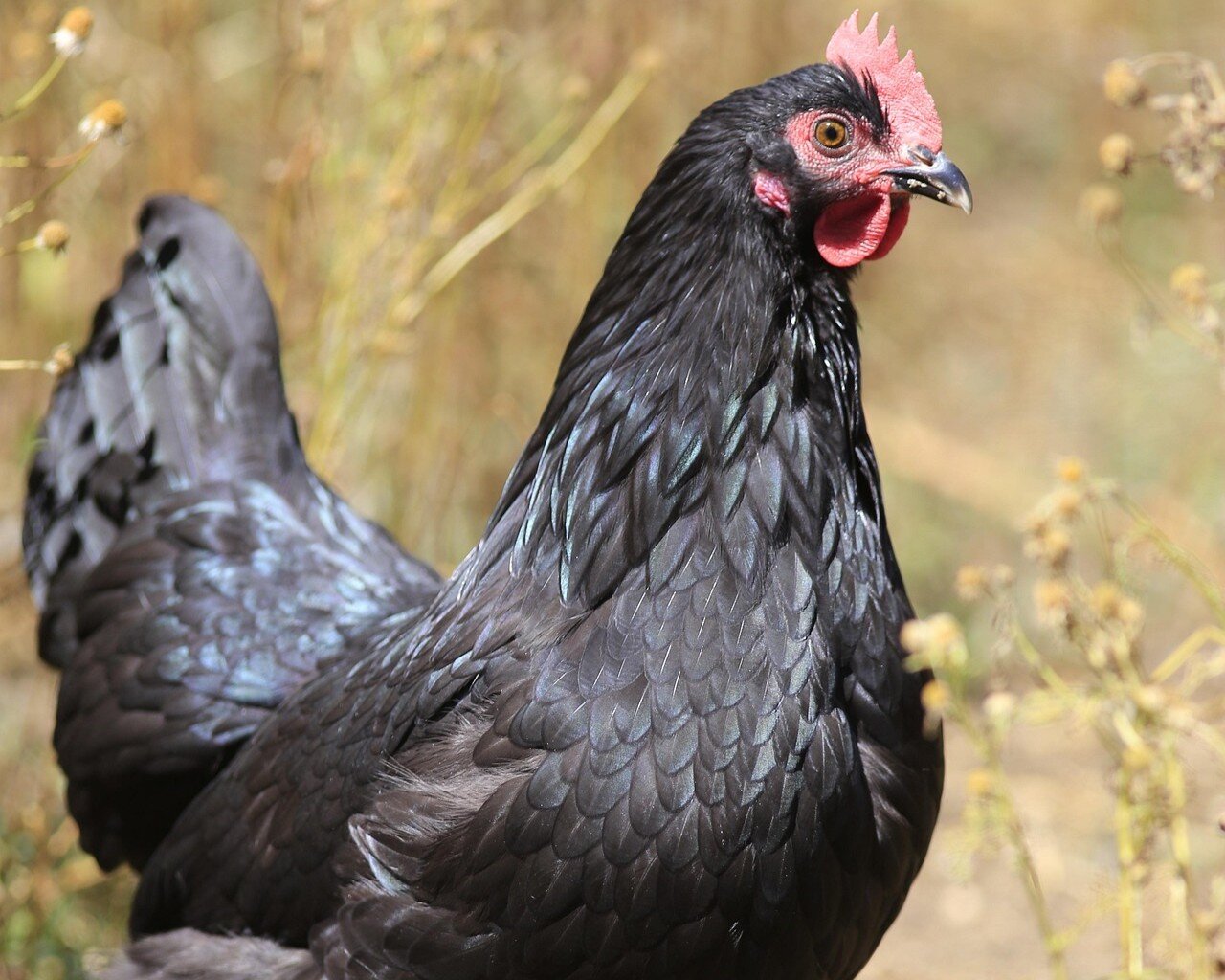
Australorp
- Available in Black, White and Blue
- 250-300 eggs per year
- Relatively gentle but shy in nature
- Medium to large chicken
- Can go broody
- Great dual purpose breed
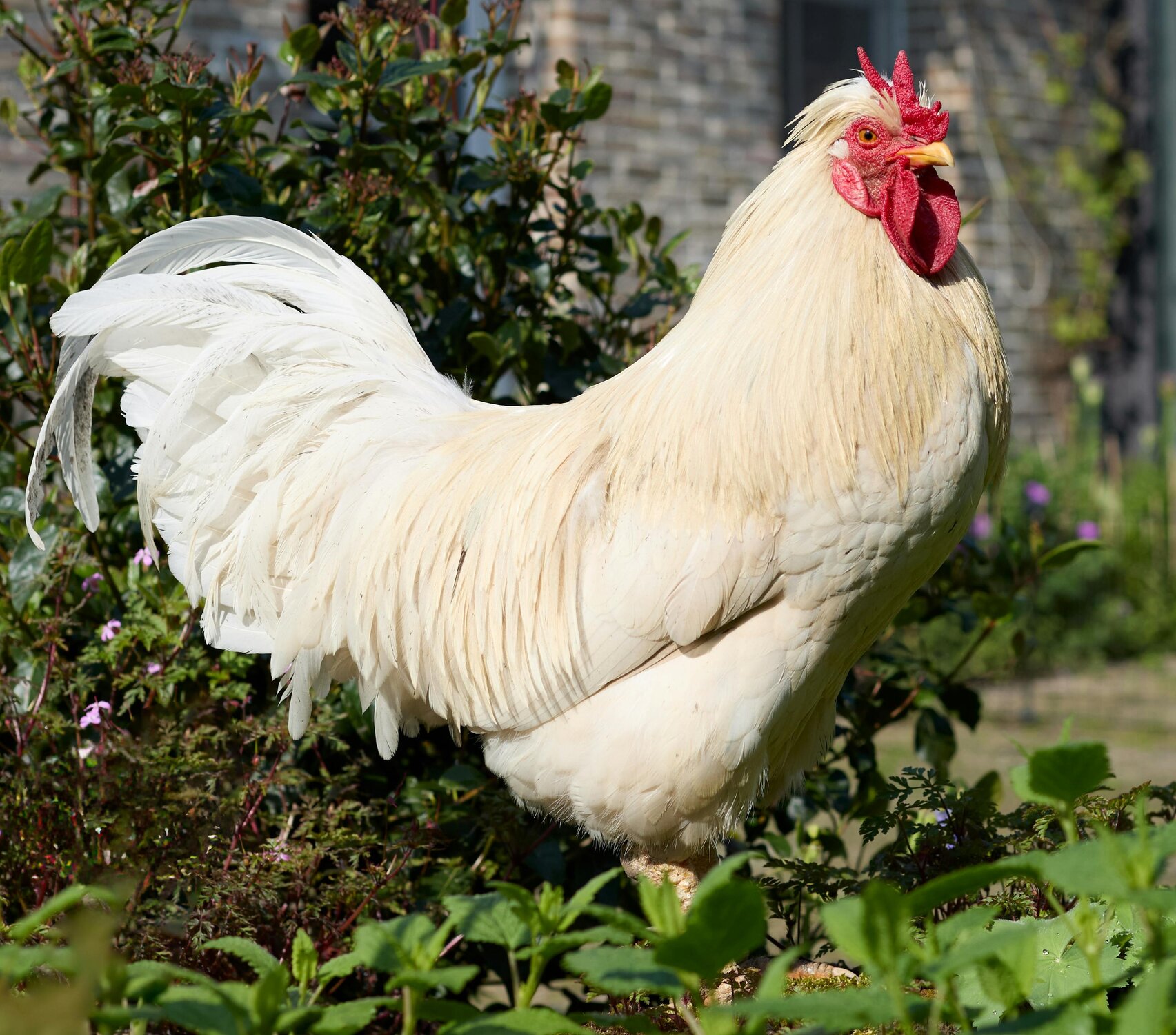
Leghorns
- Most commonly available in white
- 280-320 eggs per year
- Relatively independent
- Somewhat noisy but highly active
- Small but muscular birds
- Rarely broody
- Great dual purpose breed
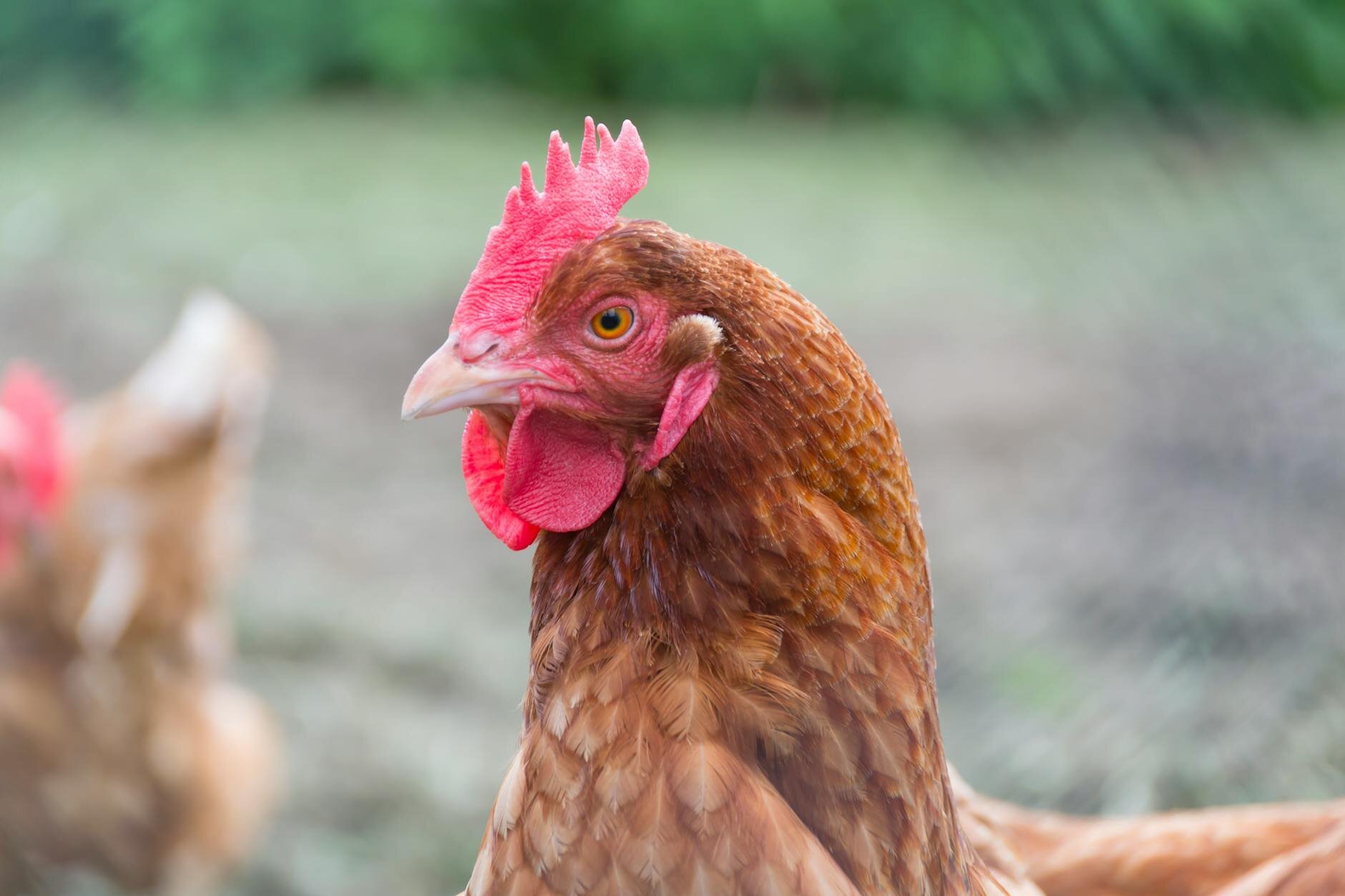
Isa Browns
- Prolific egg layer
- Moderate sized chicken
- Highly affectionate and gentle
- Up to 350 eggs per year
- Great as a starter chicken
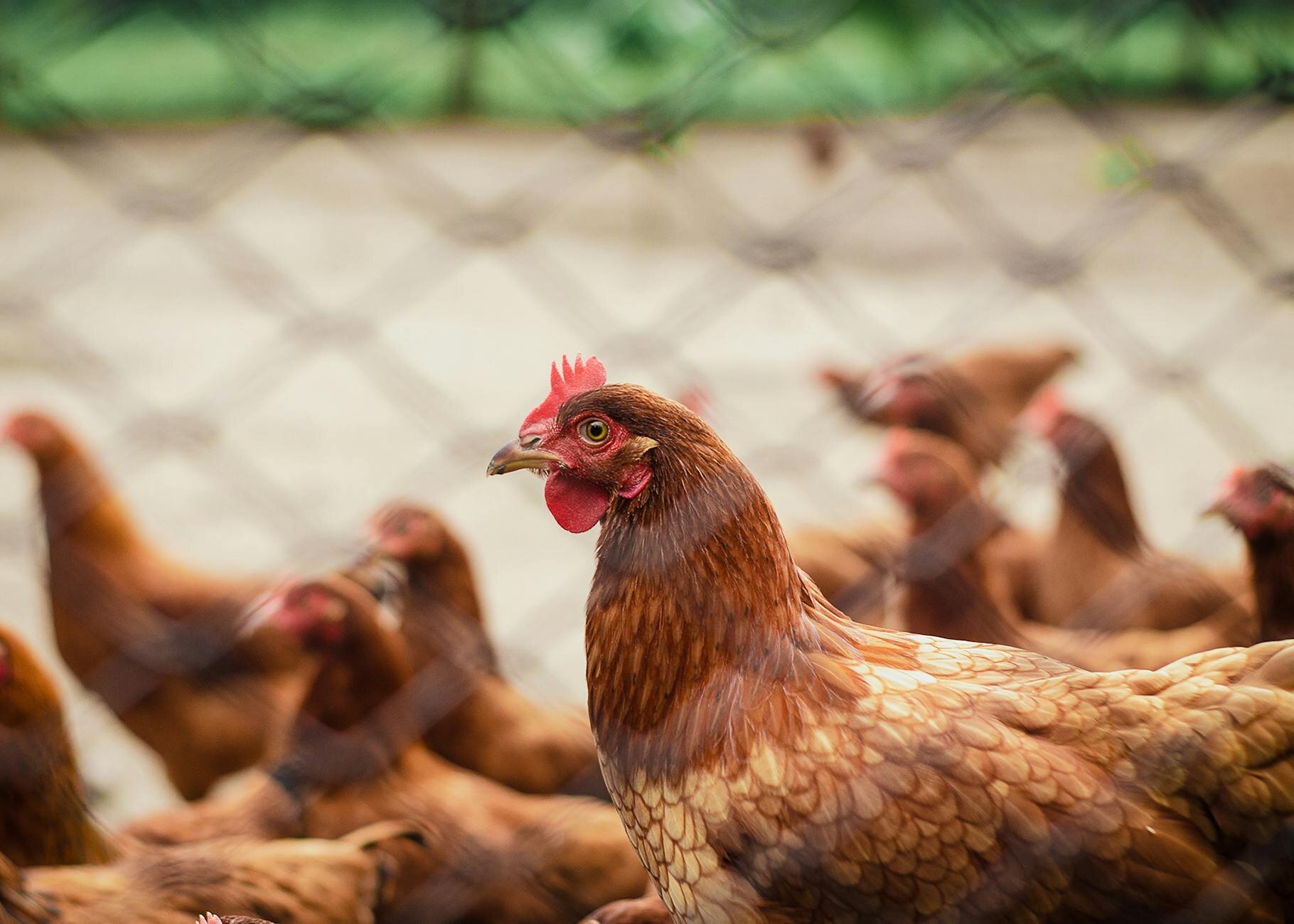
Hybrids
- Often a variation of a cross between Australorps, Rhode Island Reds, Leghorns
- Bred for egg production
- Up to 300-320 eggs per year
- Friendly temperaments
- Shorter lifespans
Bantams
Bantams make for phenomenal pets. Rather than being a 'functional' breed kept for high egg production, these charming chickens are considered more ornamental.
- Temperament: They have fantastic personalities and are generally calm, friendly, and often enjoy a cuddle.
- Size: They are small, typically growing up to only 20 cm.
- Egg Laying: While not prolific layers, they do produce eggs, usually starting from 7-9 months of age. They are also known for being quite prone to going broody.
- Lifespan: With good care, they can live for up to 7-8 years.
- Key Features: Many bantam breeds are characterised not only by their small stature but also by their fluffy, feathered feet.
- Types: There are bantam versions of many standard chicken breeds, but there are also 'true Bantams' which have no standard counterpart.
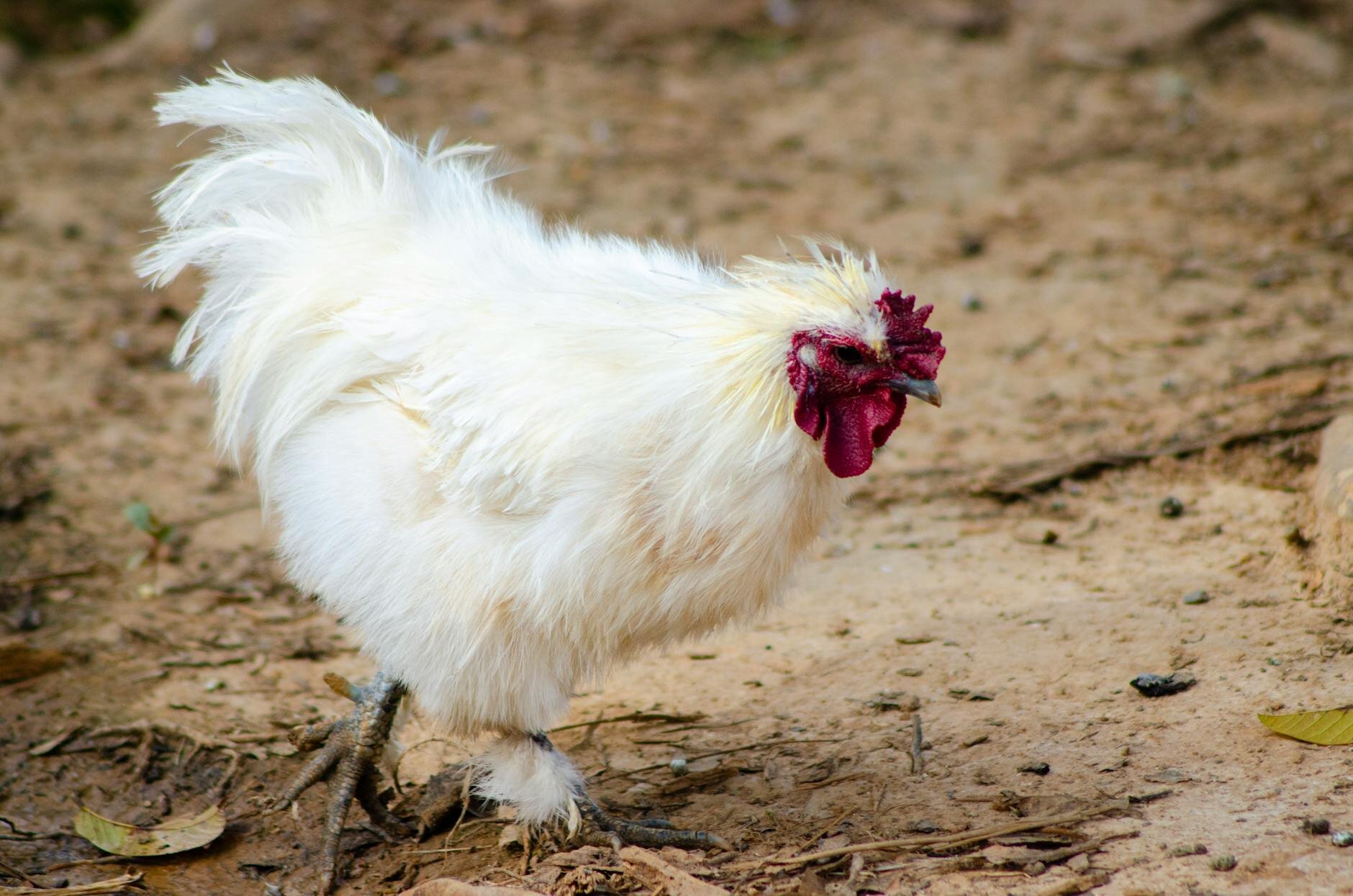
Silkies
- Characterized by their silky fur-like feathers, blue skin and green ear lobes
- 2-3 eggs per week
- Relatively quiet birds
- Small to medium in size
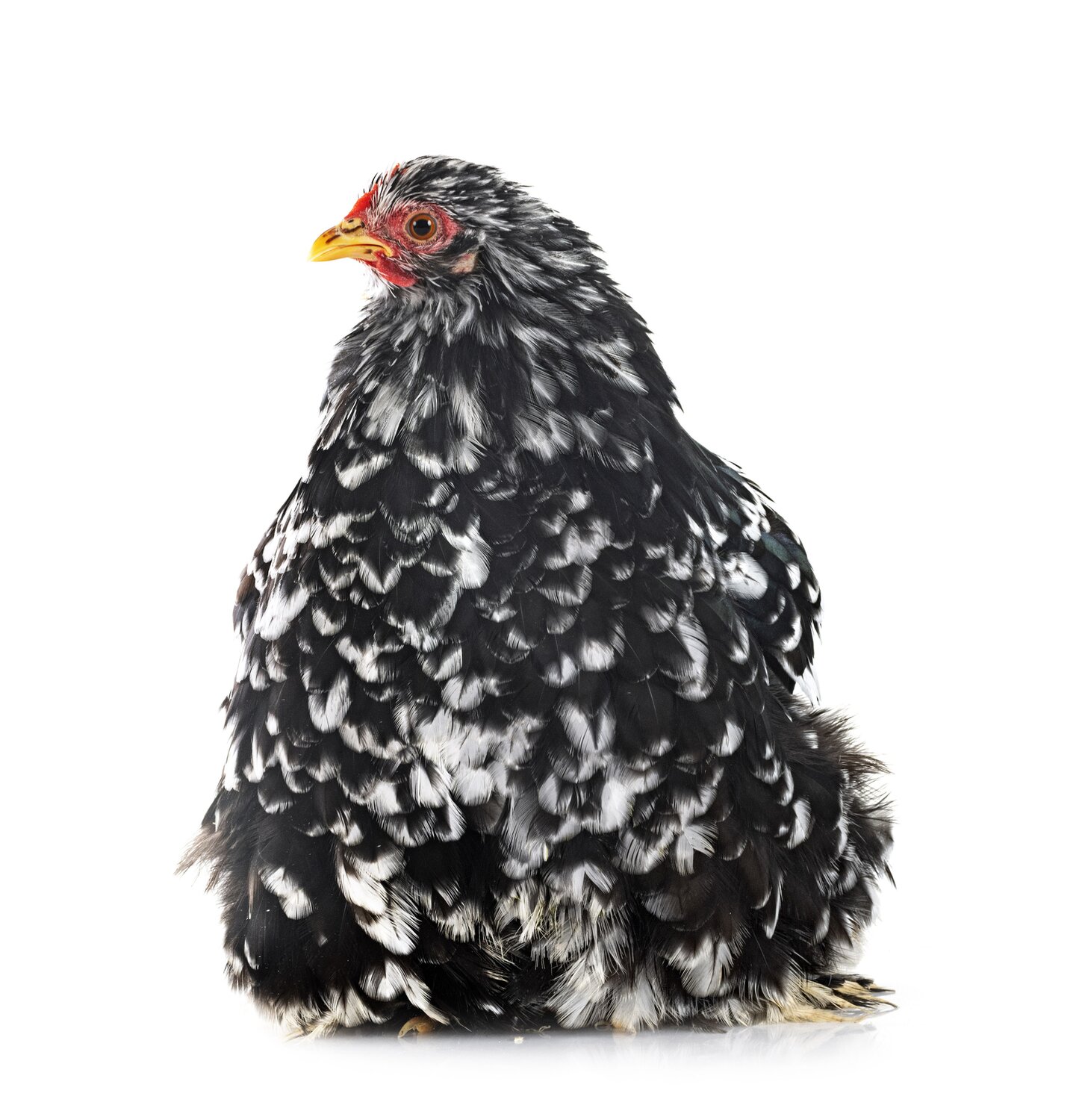
Pekins
- Available in a variety of colours
- 2-3 eggs per week
- Relatively quiet
- Friendly and sociable breed
- Can be broody
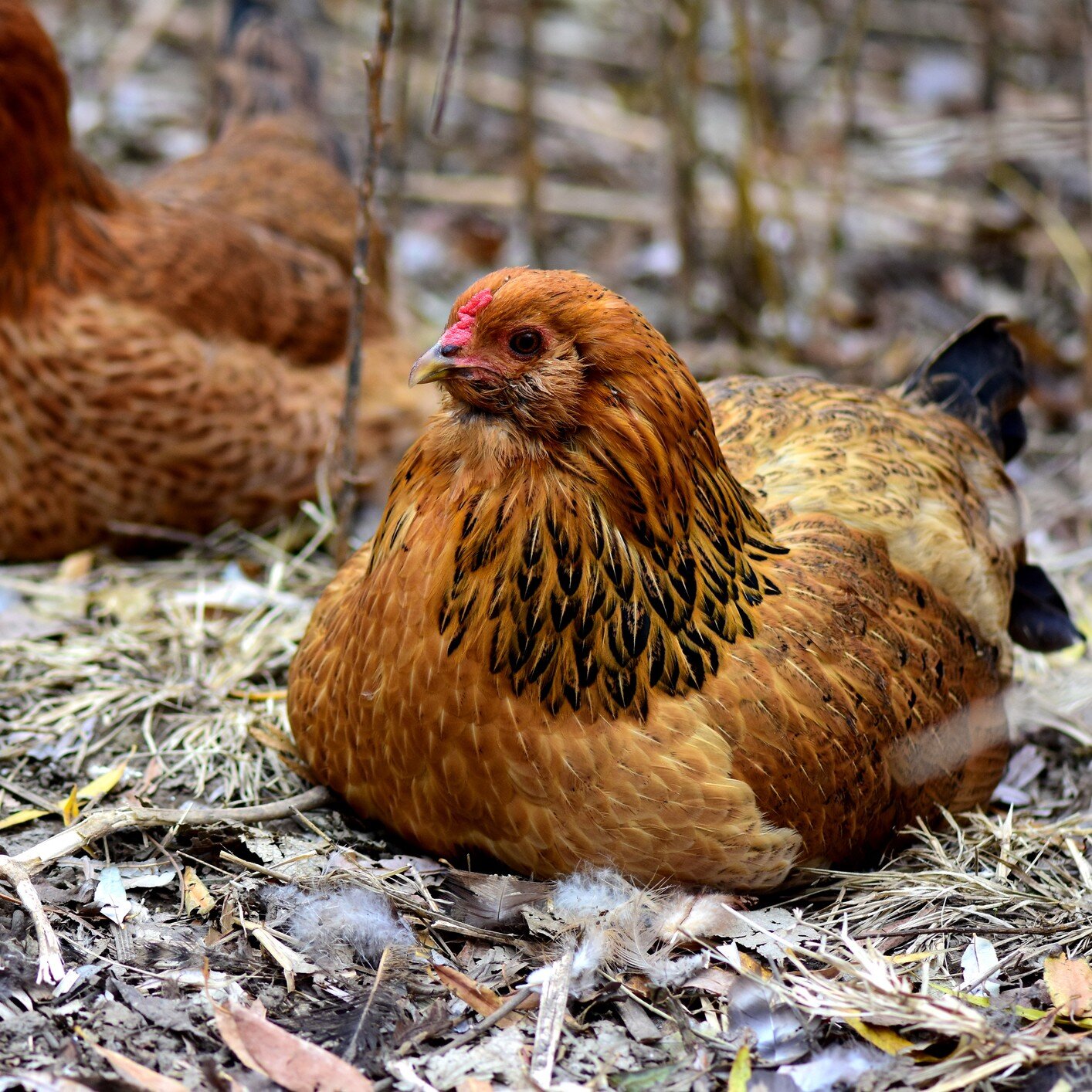
Easter Eggers
- A cross between Araucana and Ameraucana breeds
- 3-4 eggs per week
- Hardy, calm and friendly
- Tolerate cold weather
Purebred and Heritage Breeds
These "old fashioned" purebred chickens are known for being hardy, dual-purpose birds. Generally healthier than hybrids, they are a great choice for those looking for a sustainable flock for both eggs and meat.
- Temperament: Usually friendly, however, they can be quite vocal and active.
- Size: Generally much larger than hybrid and bantam chickens.
- Egg-laying: Depending on the breed, they can lay eggs in a variety of different colours. They are often prone to going broody, which is ideal if you want a hen to hatch and raise her own chicks.
- Lifespan: They have a longer lifespan compared to hybrid chickens and, in some instances, can live for 8-10 years.
- Key features: Valued as dual-purpose birds, suitable for both egg-laying and meat. Come in a wide and beautiful range of colours, shapes, and sizes, and can lay eggs of various colours depending on the breed. Their larger size and active nature mean they require more space to forage and exercise.
- Types: The list of heritage breeds is very long, with popular examples including Orpingtons, Plymouth Rocks, Sussex, and Wyandottes.
The list of Heritage Breeds is quite long, so here are some popular heritage chickens!
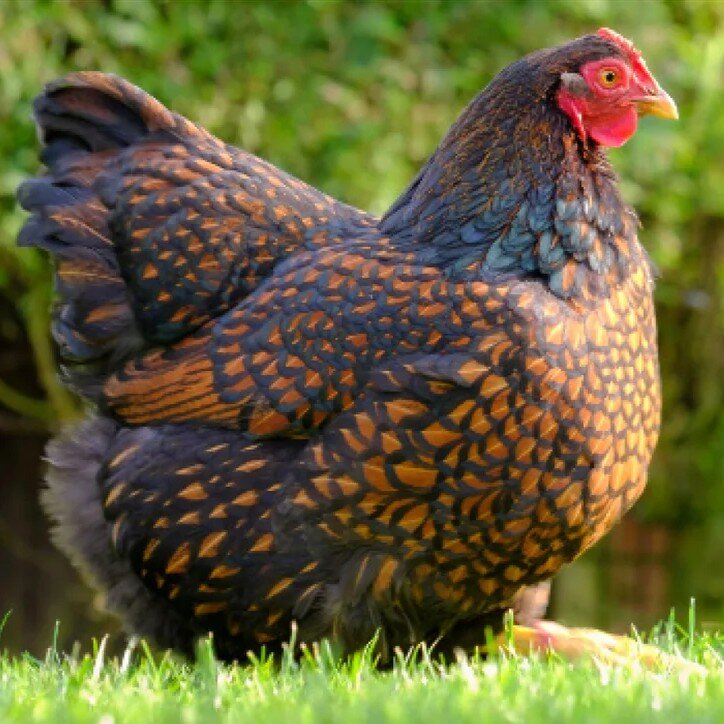
Wyandotte
- Moderate sized bird known for their stunning laced feather variations
- Reliable layers with up to 180-200 eggs a year
- Friendly, loud personalities
- Flourish well in free range settings
- Cold climate tolerant
- Heat intolerant
- Prone to going broody
- Make great mothers
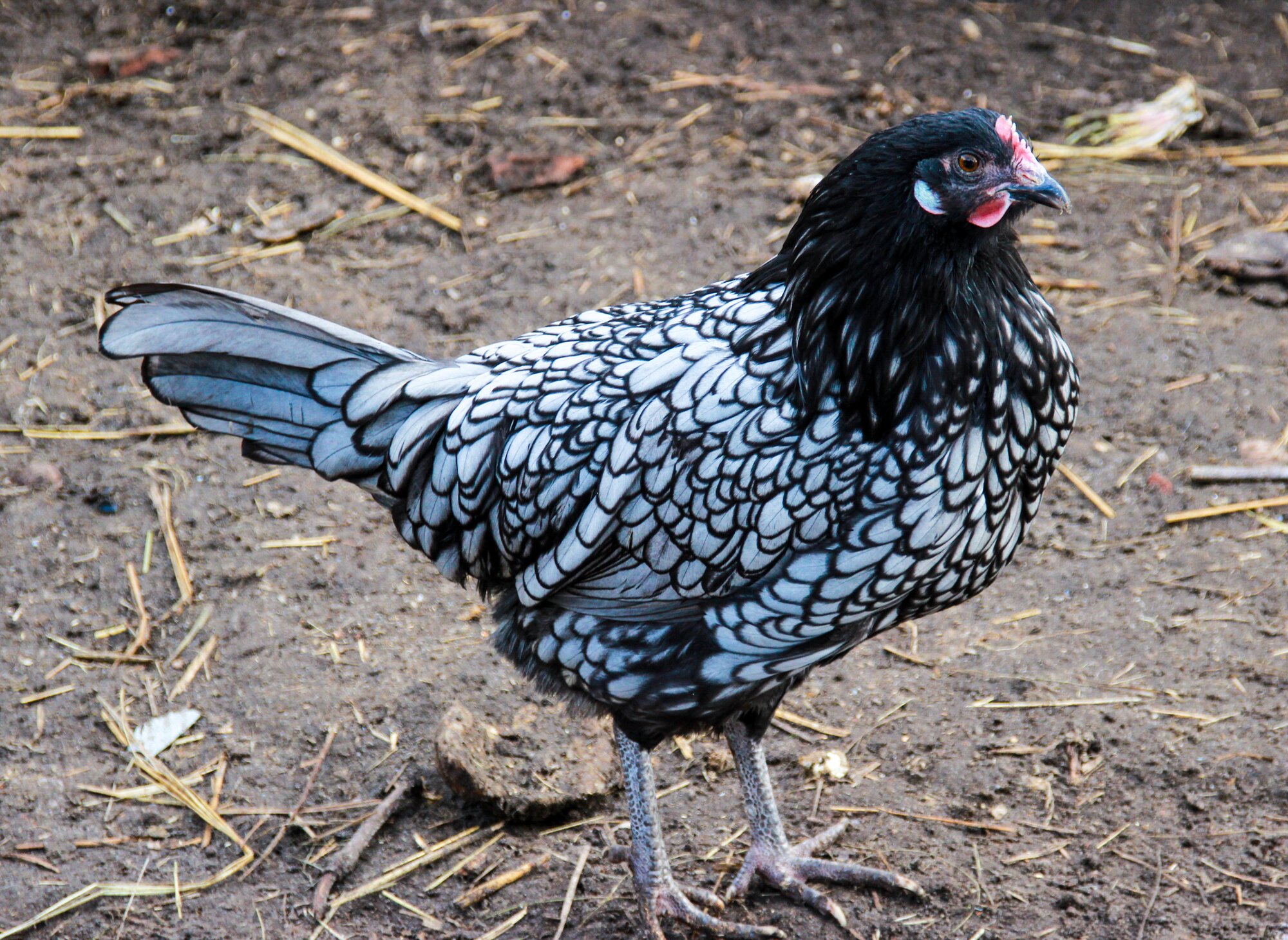
Anconas
- Bright red combs with mottled speckles
- Lay approximately 220-250 eggs a year
- Can be flighty
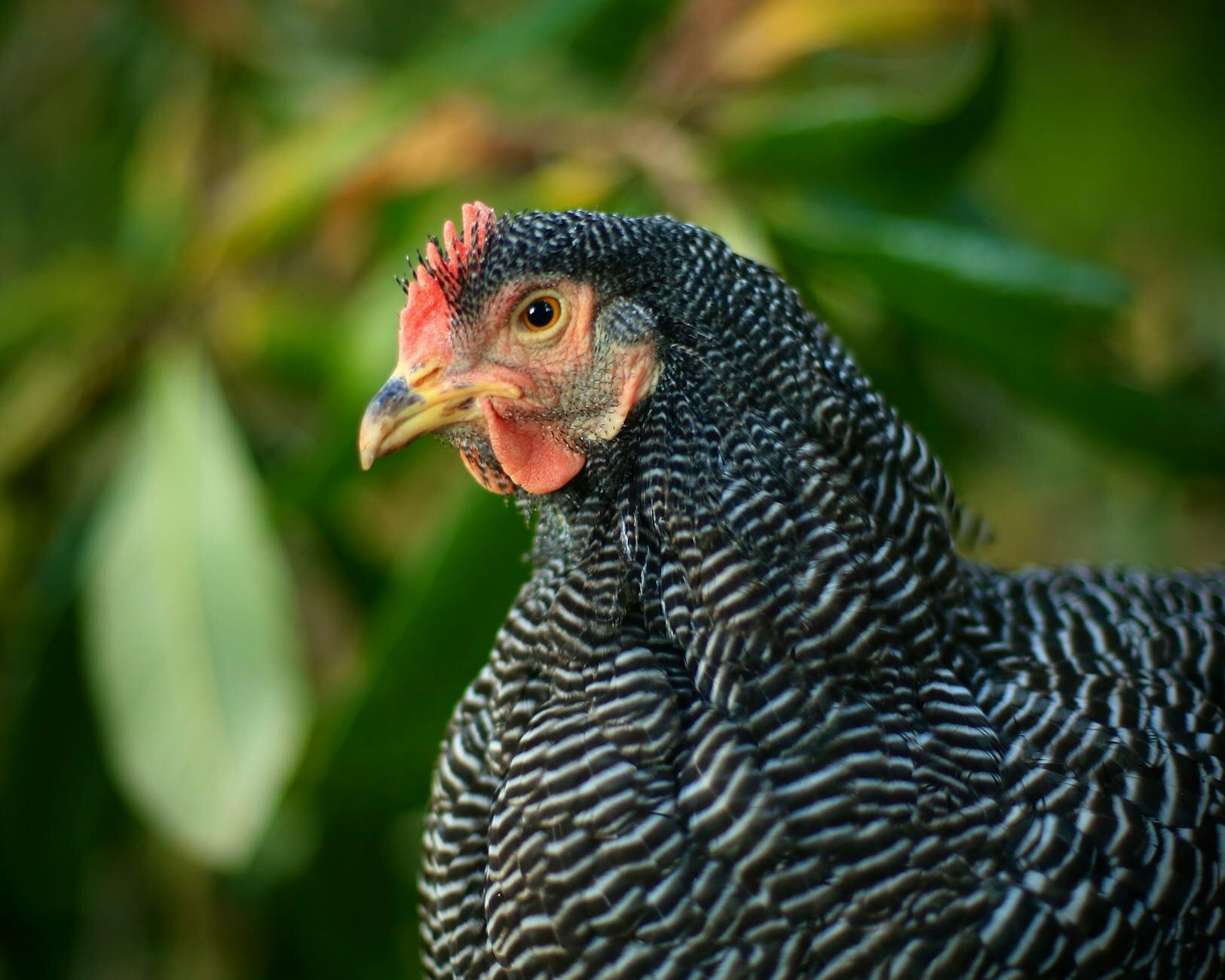
Plymouth Rock
- Large, barred black and white dual purpose bird
- Produce up to 4-5 eggs a week
- Very docile and friendly
- Tolerant of cold climates
- Make great mothers
Other purebred and heritage breeds include:
Barnevelder: Beautiful, dual purpose breed, lay approximately 200 eggs a year, slow growers, extremely friendly, medium sized chicken, available as a bantam as well, prefer to free range
New Hampshire: chestnut coloured, dual purpose breed, lay approximately 120-200 eggs a year, prone to going broody, great mothers, friendly and docile
Australian Langshan: selectively bred to suit the Australian climate, compact, moderate sized hens, available as bantam as well, produce 3-5 eggs a week, friendly and docile
Sussex: Large dual purpose utility bird available in a range of colours, produce up to 200-250 eggs a year, require extra space due to size, extremely active, friendly and loves foraging and free ranging.
Orpington: moderate sized dual purpose chickens, lay approximately 200-280 eggs a year, tolerate cold conditions, care in hot weather, sweet, friendly personalities, tend to go broody, make great mothers.
FAQs
With so many breeds to choose from, there truly is a chicken to suit every backyard and family! By considering what's most important to you - whether it's a daily supply of fresh eggs, a friendly feathered pet for the kids, or a stunning heritage bird for your flock - you can confidently pick the right chooks. Taking the time to find the perfect match will set you up for years of rewarding companionship (and delicious eggs!).
Articles recommended for you
Our vet authored guide to the benefits of feeding your dog fresh food plus tips and advice for introducing it into their regular menu.
See our guide to protecting your pet from parasites from our vet team.
Thinking of getting a fish? Check out our guide for setting up a tank and home care tips!
Looking to understand horse feeds better? This comprehensive guide covers feeding recommendations for horses of all ages and disciplines.
Does your pet suffer from anxiety? Check out our Vet-guide for treatment options to help your pet.
History
Our experts continually monitor the health and wellness space and we update our articles when new information becomes available.
Thu 11 Sep 2025
Edited by Dr Gillian Hill BVSc (Hons)Dr Emilee Lay BVSc BSc (Vet) Hons
Veterinarian
Dr. Emilee graduated from the University of Sydney in 2018 with a Bachelor of Veterinary Science and Bachelor of Science (Veterinary Studies) and as a student worked for a number of years as a small animals and exotics nurse in clinics across Sydney. She is currently a practicing small animal and exotic vet along the Coast. Emilee holds a special passion for avian and exotic medicine (bunnies being her favourite patients), as well as animal behavioural medicine!

